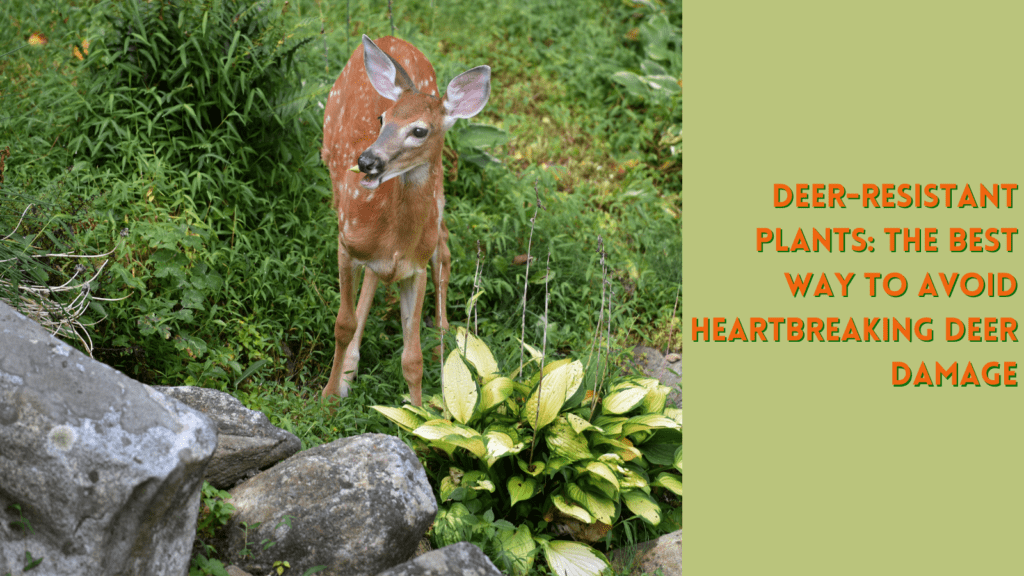Last Updated on: 21st October 2023, 11:59 am
Don’t let these tiny pests kill your lawn.
Aphids, those tiny, often overlooked insects, are a widespread pest that can inflict substantial harm not just on your lawn but on a myriad of garden plants as well. Ranging in color from green and black to yellow and brown, these small creatures, although barely noticeable to the naked eye, can rapidly colonize plants, sucking the vital sap out of them and causing extensive damage.
In lawns, aphids feast on the juices of grass blades, draining them of nutrients and leaving behind a yellowed, wilted mess. Left unchecked, an aphid infestation in a lawn can lead to large areas of grass dying off, creating unsightly patches that detract from the landscape’s aesthetic appeal.
But aphids are not content with your lawn and are notorious for attacking various garden plants. From flowers and ornamental shrubs to vegetable crops and fruit trees, few plants are immune to their voracious appetite. They leave in their wake curled, yellowing leaves, stunted growth, and reduced yields, often wreaking havoc on a carefully tended garden.
Identifying Aphids
Recognizing an aphid infestation is the first step in addressing the problem. Telltale signs include a visible congregation of aphids on the stems and under the leaves, leaves that have curled or yellowed, and a sticky residue known as honeydew which aphids excrete and which can lead to the growth of sooty mold.
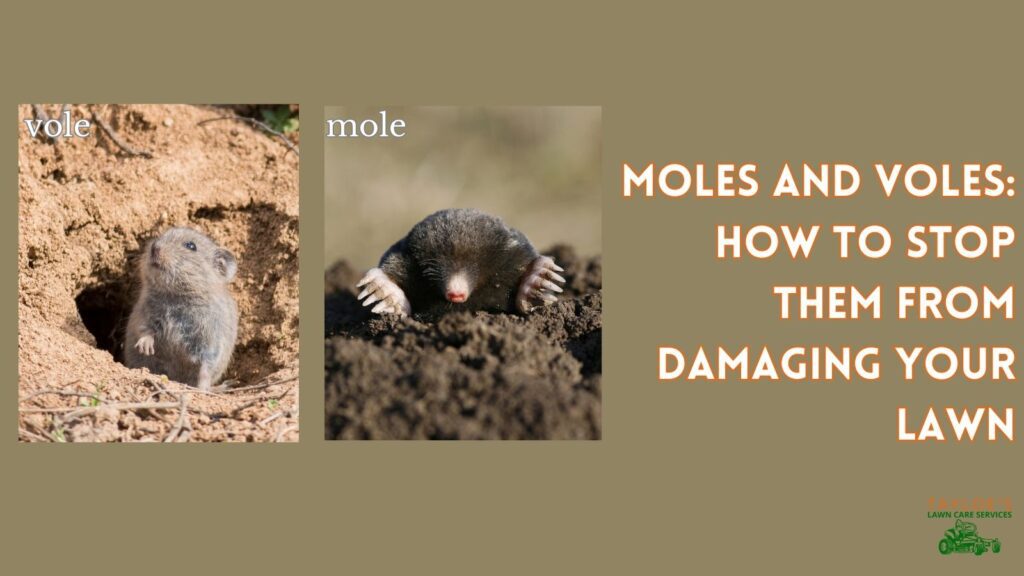
Characteristics of aphids:
Aphids are small, soft-bodied insects that vary in color, including green, black, yellow, and brown. They have pear-shaped bodies, long antennae, and two tubes called cornicles protruding from their rear.
Common types of aphids that affect lawns and garden plants:
Some common aphid species that can infest lawns include bluegrass and corn leaf aphid. Aphids like green peach, black bean, and rose aphids often target various plants.
Signs of aphid infestations in lawns and gardens:
Aphids love to hang out on the underside of leaves or grass blades. But their presence may cause leaves to curl, turn yellow, or become distorted. They also produce a sticky substance called honeydew, which can lead to the growth of sooty mold.
Aphid Damage to Lawns
How aphids feed on grass:
Aphids feed on grass by piercing plant cells and sucking out the sap. This feeding weakens the grass and can cause it to turn yellow, wilt, and die.
Symptoms of aphid damage in lawns:
Signs of aphid damage in lawns may include yellowing or wilting grass and patches of dead or dying turf. Aphid infestations can also lead to secondary issues, such as the growth of sooty mold on honeydew-covered grass blades and increased ant activity.
Secondary issues caused by aphid infestations:
Aphids can lead to several secondary problems in your lawn. The honeydew they produce can cause the growth of sooty mold, which can further weaken your grass. In addition, the presence of honeydew often attracts ants and other pests that can cause additional damage to your lawn.
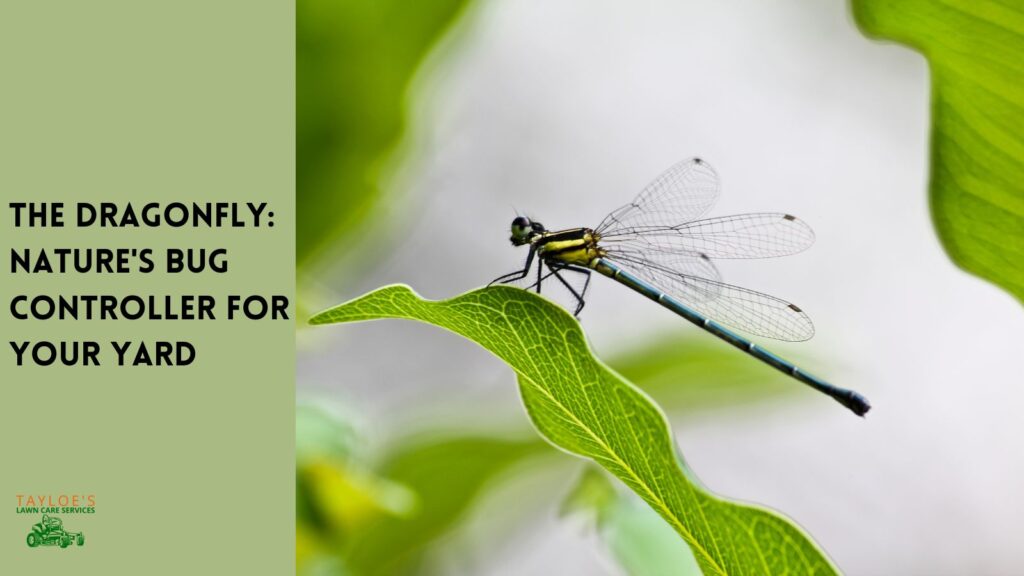
Aphid Damage to Garden Plants
Which plants are likely to attract these little buggers?
Common plants targeted by aphids:
Aphids are known to target a wide variety of garden plants, including vegetables like tomatoes, peppers, and beans; fruit trees like apples and peaches; and ornamental plants like roses, hydrangeas, and azaleas.
Symptoms of aphid damage in garden plants:
Aphid damage in garden plants can result in curled, distorted, or yellowing leaves, as well as stunted growth and reduced yields. Like in lawns, aphid infestations can lead to sooty mold growth and increased ant activity around affected plants.
Effects on plant health and growth:
Aphid feeding can weaken garden plants, making them more susceptible to diseases and other pests. In some cases, severe aphid infestations can even lead to plant death if not properly managed.
Preventing Aphid Infestations
Now that you can identify the insects and understand the damage, how can you discourage them?
Maintaining a healthy lawn and garden:
A healthy lawn and garden are more resistant to aphid infestations. For lawns, proper mowing, watering, and fertilization techniques are essential. Regular soil aeration and dethatching can also help improve your lawn’s overall health. For garden plants, ensure they receive proper watering, fertilization, and pruning as needed.
Encouraging natural predators:
Natural predators like ladybugs, lacewings, and parasitic wasps can help keep aphid populations in check. Planting flowers and plants that attract these beneficial insects can be an effective way to control aphids naturally.
Monitoring for early signs of infestations:
Regularly inspect your lawn and garden plants for signs of aphid activity, such as curled or yellowing leaves and the presence of honeydew. Catching infestations early can help prevent severe damage to your landscape.
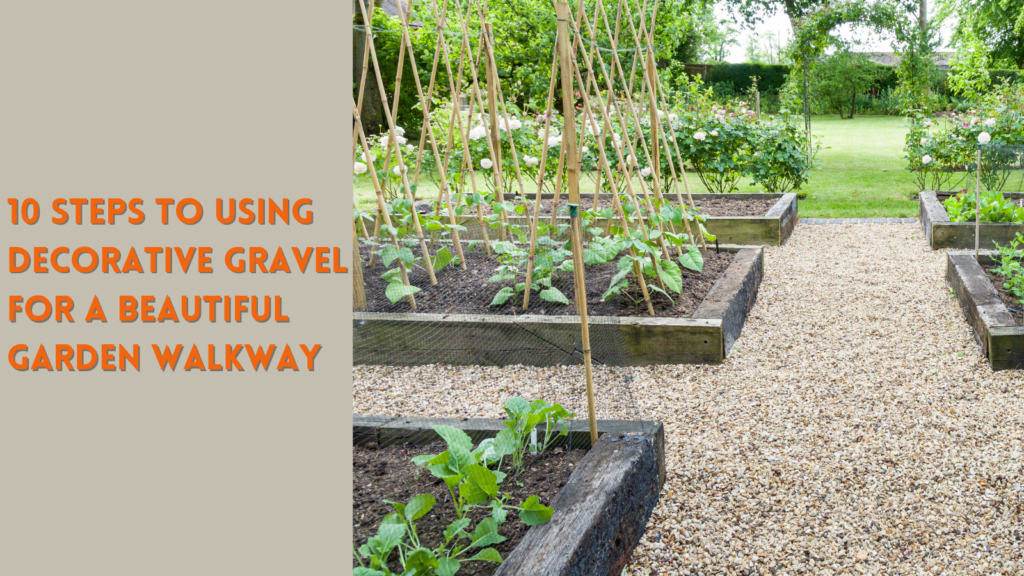
Aphid Control Methods
Non-chemical control methods:
Insecticidal soaps, neem oil, and diatomaceous earth are all non-chemical options that can help control aphid populations. These methods are generally safer for beneficial insects and have a lower environmental impact.
Chemical control methods:
Chemical insecticides can also be used to control these insects. But you should use them with caution. Select a product specifically designed for aphid control and follow the label instructions carefully, including proper application techniques and timing. Consider chemical control methods’ potential impact on beneficial insects and the environment.
Integrated Pest Management (IPM) approach to aphid control:
Employing an IPM approach involves using a combination of prevention, monitoring, and control methods to manage aphid populations. This approach is more sustainable and environmentally friendly compared to relying solely on chemical control methods.
Lawn and Garden Recovery and Maintenance After Aphid Infestations
Repairing aphid-damaged lawns:
To help your lawn recover from aphid damage, consider reseeding or sodding affected areas, providing proper fertilization and watering, and aerating and dethatching the soil as needed.
Repairing aphid-damaged garden plants:
Prune and remove affected plant parts to promote healthy growth and provide the necessary nutrients and care to help plants recover from aphid damage.
Ongoing lawn and garden care to prevent future infestations:
Continue to maintain a healthy lawn and garden, encourage natural predators, and monitor for signs of aphid activity to help prevent future infestations.


The Takeaway: Don’t Let These Bugs Destroy Your Yard
Aphids can be a nuisance to your lawn and garden plants, but with the right knowledge and strategies, you can protect your landscape from these damaging pests. You can maintain a healthy, thriving outdoor space by implementing this post’s prevention and control methods. Don’t forget to follow us on Facebook for more tips and information on lawn care and gardening!
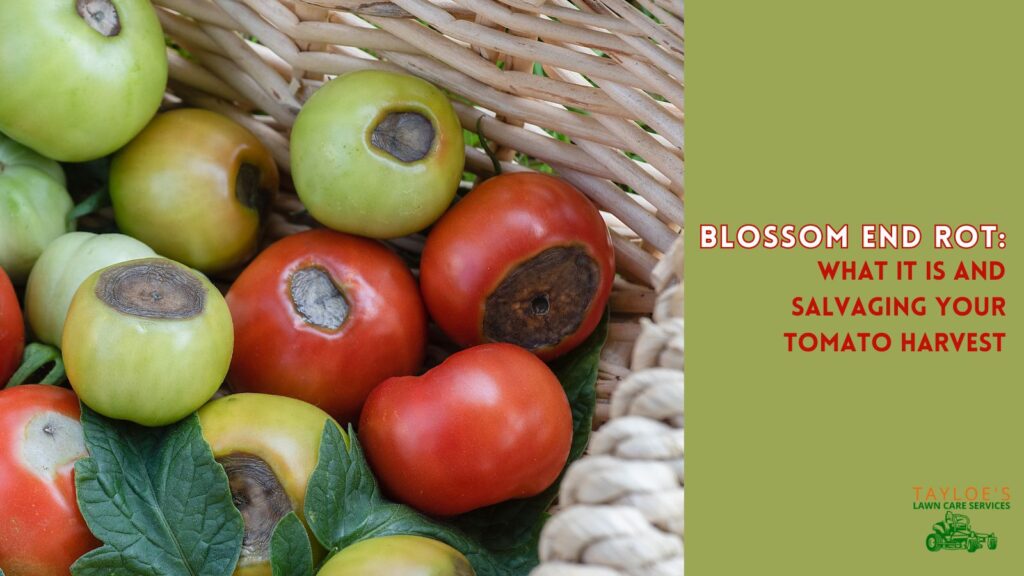
Author Profile

- Deborah Tayloe is the CEO and co-founder of Tayloe's Lawn Care Services, LLC. She has a B.S.Ed and holds certificates in soil and water management and herbology from accredited programs.
Latest entries
 GardeningSeptember 27, 2025What perennials, shrubs, and trees don’t like fall pruning (and why)?
GardeningSeptember 27, 2025What perennials, shrubs, and trees don’t like fall pruning (and why)? Trees and ShrubsSeptember 14, 2025Fall Shrub Pruning Guide (September–October)
Trees and ShrubsSeptember 14, 2025Fall Shrub Pruning Guide (September–October) Trees and ShrubsApril 22, 2025Boxwood Blight: Early identification and isolation
Trees and ShrubsApril 22, 2025Boxwood Blight: Early identification and isolation Flower GardenApril 8, 2025John F. Kennedy Rose: Hybrid tea rose with elegant white blooms
Flower GardenApril 8, 2025John F. Kennedy Rose: Hybrid tea rose with elegant white blooms





